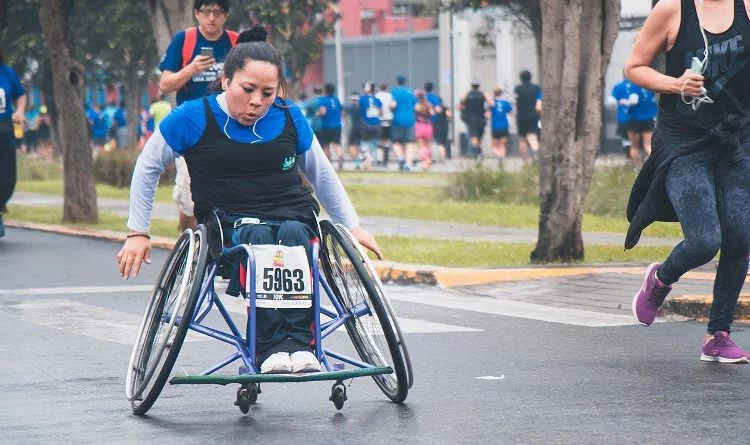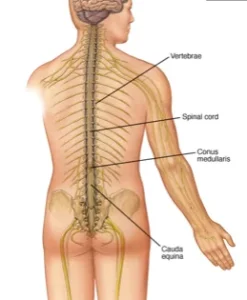
Share:
Never Miss a Post!

5 Group Games Kids in Wheelchairs Can Play
March 16, 2021
No Comments
Active For Life is a website whose goal is to create active, outdoor-loving children who grow up to be active,

Seven Healthy Living Tips for Wheelchair Users
March 16, 2021
No Comments
A healthy lifestyle can improve your mood and your physical well being and reduce the risk of developing mortal health

Look! He’s Driving from a Wheelchair
March 16, 2021
No Comments
Darren maneuvered the truck carefully back into the loading bay. Then, he opened the door of the truck. He reached



